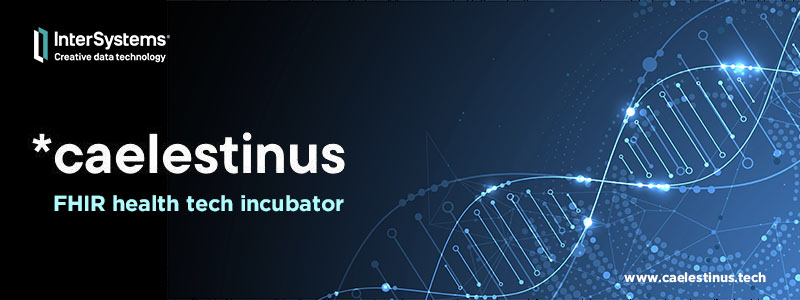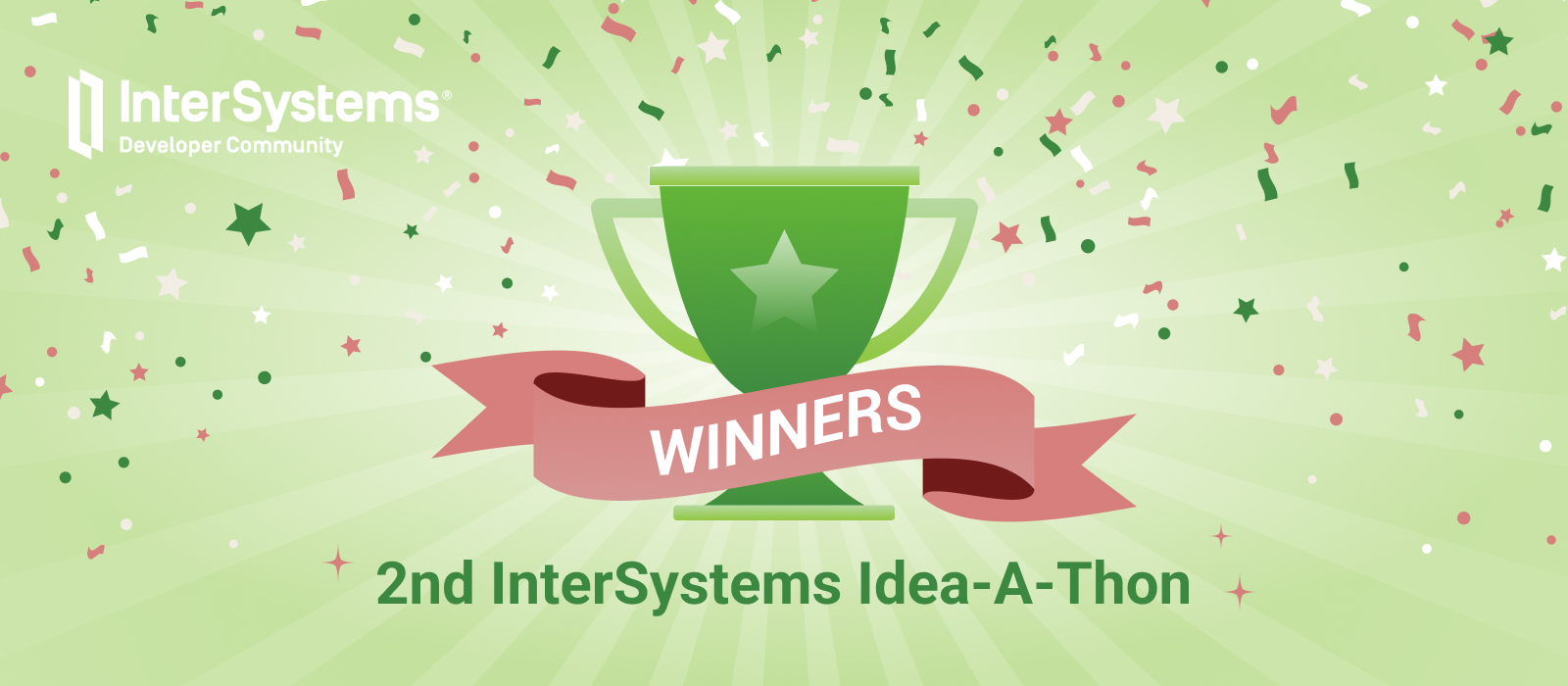I have a scenario where I'm using a EnsLib.File.InboundAdapter to collect files from an external file system. The files require to meet a certain criteria before they are moved to another remote file system. If they don't, I would like them to stay where they are so that they can be collected again when the criteria has changed. I have set the adaptor property DeleteFromServer to false - which is fine - the file stays put in its original location, but the file is never collected again as I receive a "Skipping previously processed file " info
InterSystems Developer Community is a community of
25,508 amazing developers
We're a place where InterSystems IRIS programmers learn and share, stay up-to-date, grow together and have fun!




.png)